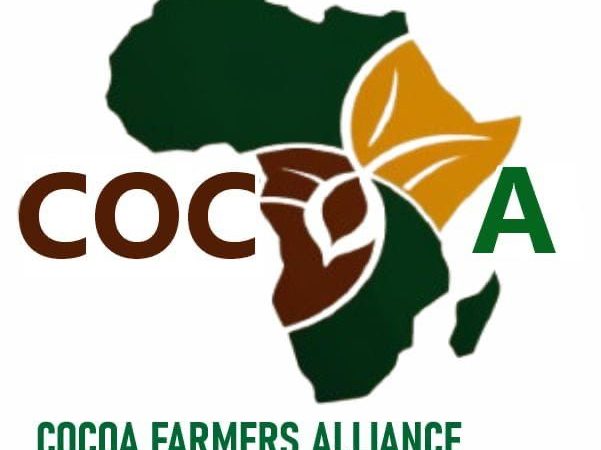
Ghana’s soya bean industry has been hailed as the next major driver of the country’s economic transformation. Industry players are optimistic that the crop’s potential can be fully harnessed to position Ghana as a key player in the global market. The demand for soya beans has increased exponentially due to its versatile uses in poultry, aquaculture, livestock production, and the manufacture of edible vegetable oil. However, the industry is facing challenges that, if left unaddressed, could stifle this potential.
Soya bean farming is mainly concentrated in the northern part of Ghana, where the rainfall patterns are favorable for its cultivation.
The crop’s short growing cycle, typically between three to four months, means that it can be harvested up to four times a year. Despite the promising outlook, many local processing firms are struggling to access sufficient raw materials to sustain their operations.
As of July 2024, several firms, including VADD Agric Commodities in Techiman, Vesta Oil Mills, and Thomas W Bello Enterprise in the Ashanti region, have been forced to shut down due to the scarcity of soya beans.
According to the Food and Agriculture Organization (FAO), Ghana has the potential to produce 700,000 tonnes of soya beans annually, but only about 26% of this potential is being realized.
The discrepancy between potential and actual production is concerning. The country currently cultivates soya beans on 102,000 hectares of land, significantly less than the 250,000 hectares that are suitable for the crop.
Despite these constraints, Akwasi Nyamekye, CEO of Vesta Oil Mills, noted that Ghana is producing around 350,000 tonnes annually, largely due to the prioritization of soya cultivation under the government’s Planting for Food and Jobs program.
Nyamekye, however, insists that this is not enough. He believes Ghana could reach an annual production of 2 million metric tonnes if the government and development partners invest in irrigation facilities, provide timely access to quality seeds, and improve post-harvest technologies.
The shortfall in production has been exacerbated by a dry spell that affected crop yields in the northern regions and an influx of foreign buyers from countries such as India, Turkey, and Lebanon, who now dominate the local market.
Nyamekye explained that foreign nationals, with their superior purchasing power, have been buying directly from farmers, offering better prices than local processors.
This has left Ghanaian firms struggling to compete. “Foreign buyers entered the market after the COVID-19 pandemic, and the demand for soya beans quadrupled,” Nyamekye noted. “Ghana’s soya is especially sought after because it is produced organically, which makes it more attractive internationally.”
This development has had dire consequences for local firms, forcing them to halt operations, reduce their workforce, and cut salaries. Industry stakeholders warn that, without government intervention, the soya bean industry could face a similar fate to Ghana’s cocoa sector, where farmers have begun leasing their land for illegal mining due to a lack of government support.
Thomas Wabi Bello, the National Chairman of the Soya Value Chain Association of Ghana (SVCAG), has called for swift action to protect local businesses. Despite the government’s ban on grain exports, soya beans continue to leave the country, reportedly smuggled into neighboring nations.
Bello, whose own firm has suspended operations, emphasized the need for the government to enforce the existing export ban and regulate pricing to ensure that local firms are not edged out of the market by foreign competitors.
“I’ve asked my 20 employees to stay home until we can secure stock for production,” Bello said. “We have never experienced this kind of setback, and it has taken us by surprise. Only the government can salvage the situation by regulating the soya market, introducing a price scheme, and enforcing local trade policies.”
The next major harvest is expected between late November and early December 2024, offering a potential reprieve for struggling firms.
However, without immediate government action to stabilize the market, many local companies may not survive to benefit from it. Soya beans hold immense potential to boost Ghana’s economy, but only if the government prioritizes domestic trading and supports the entire value chain. If the current challenges persist, Ghana may lose this golden opportunity to transform its economy through soya bean production.

Market Trends for soya
Soybean Market size was valued at USD 156.10 billion in 2023. The market is anticipated to grow from USD 162.83 billion in 2024 to USD 232.98 billion by 2032, exhibiting the CAGR of 4.6% during the forecast period.
The U.S Soyabeans Exports in 2023 total value is $27.72 billion with a total volume (million) of 48.25 metric tonnes with China doing $15.06 billion dollars




